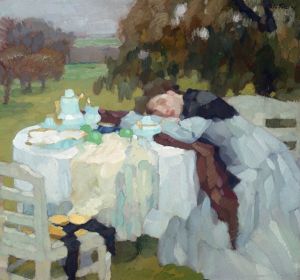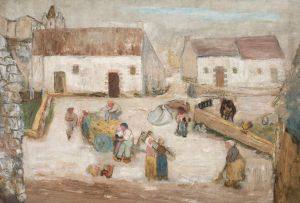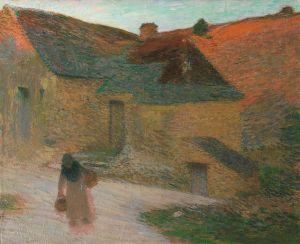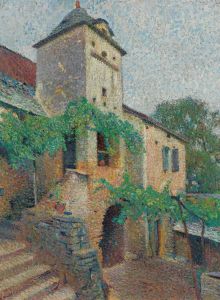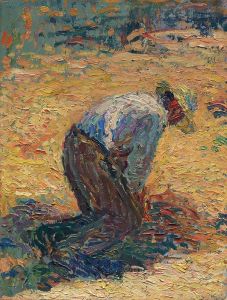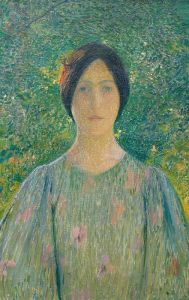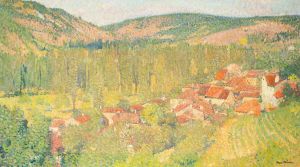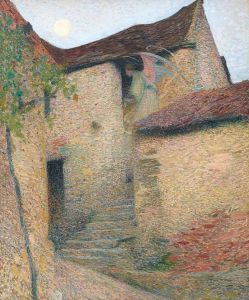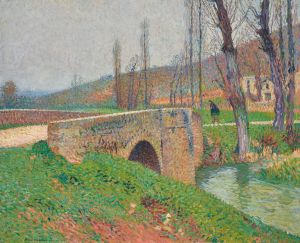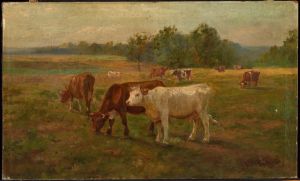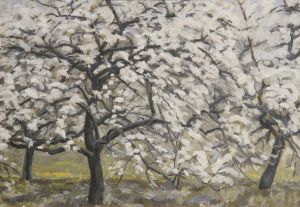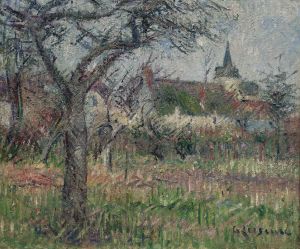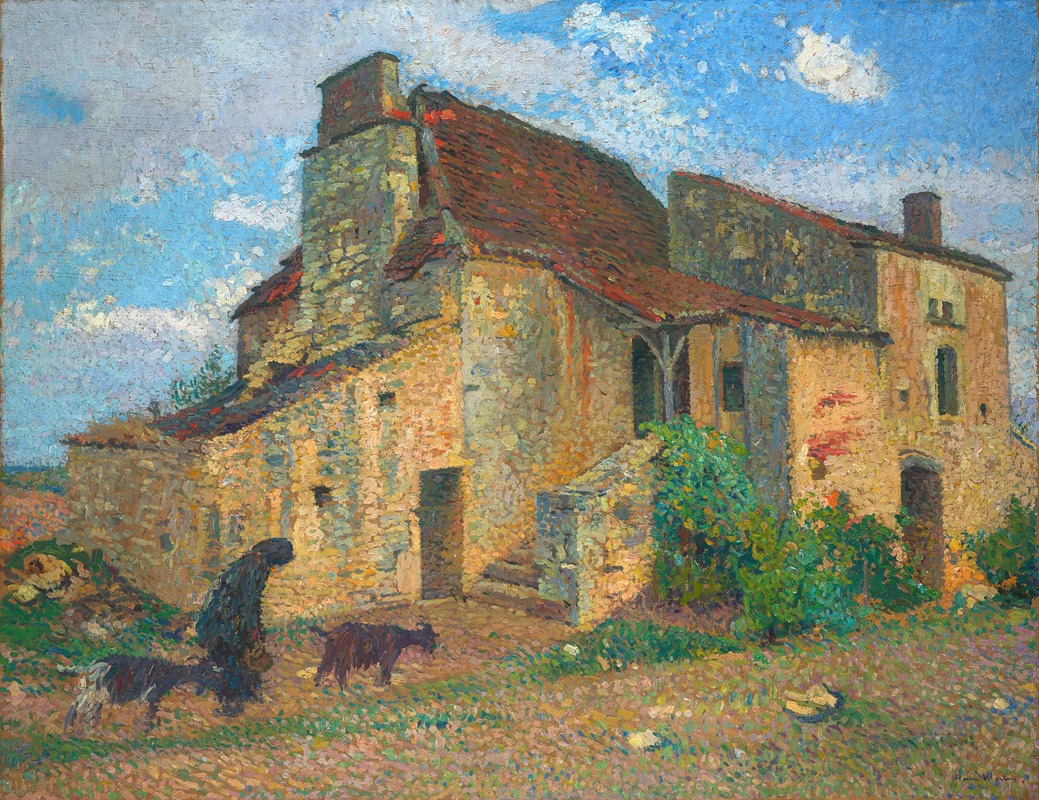
Paysage de campagne
A hand-painted replica of Henri Martin’s masterpiece Paysage de campagne, meticulously crafted by professional artists to capture the true essence of the original. Each piece is created with museum-quality canvas and rare mineral pigments, carefully painted by experienced artists with delicate brushstrokes and rich, layered colors to perfectly recreate the texture of the original artwork. Unlike machine-printed reproductions, this hand-painted version brings the painting to life, infused with the artist’s emotions and skill in every stroke. Whether for personal collection or home decoration, it instantly elevates the artistic atmosphere of any space.
Henri Martin was a prominent French painter known for his contributions to the Post-Impressionist movement. Born on August 5, 1860, in Toulouse, France, Martin developed a distinctive style characterized by his use of vibrant colors and pointillist technique, which he adapted from the Neo-Impressionists. His works often depicted serene landscapes, gardens, and rural scenes, capturing the essence of the French countryside with a dreamlike quality.
"Paysage de campagne" is one of Martin's notable works, exemplifying his mastery in portraying the tranquil beauty of rural landscapes. While specific details about this particular painting are limited, it is consistent with Martin's broader oeuvre, which frequently explores themes of nature and the idyllic aspects of rural life. His paintings are celebrated for their harmonious compositions and the way they convey a sense of peace and introspection.
Martin's artistic journey began at the École des Beaux-Arts in Toulouse, where he received formal training. He later moved to Paris to continue his studies and was influenced by the works of the Impressionists and the emerging Neo-Impressionist movement. This influence is evident in his use of color and light, as well as his interest in capturing the fleeting effects of sunlight on the landscape.
Throughout his career, Martin was associated with the Salon des Artistes Français, where he exhibited regularly. He gained recognition and acclaim, receiving several awards, including the prestigious Legion of Honor in 1900. His works were well-received not only in France but also internationally, contributing to his reputation as a leading figure in the Post-Impressionist movement.
"Paysage de campagne" likely reflects Martin's affinity for the countryside, a recurring theme in his work. He often painted en plein air, immersing himself in nature to capture its essence directly onto the canvas. This approach allowed him to convey the subtle changes in light and atmosphere that define his landscapes.
Martin's technique involved the use of small, distinct brushstrokes, a hallmark of the pointillist style, which he adapted to suit his own artistic vision. This method enabled him to create a shimmering effect, imbuing his paintings with a sense of movement and vitality. His palette was rich and varied, often featuring lush greens, soft blues, and warm earth tones that evoke the natural beauty of the French countryside.
In addition to landscapes, Martin also painted murals and decorative panels, further showcasing his versatility as an artist. His work on the murals for the Capitole de Toulouse and the Hôtel de Ville in Paris are notable examples of his ability to work on a grand scale while maintaining his characteristic style.
Henri Martin's legacy is preserved in numerous public and private collections, and his works continue to be celebrated for their contribution to the development of modern art. "Paysage de campagne," like many of his paintings, serves as a testament to his skill in capturing the serene and timeless beauty of the natural world.





